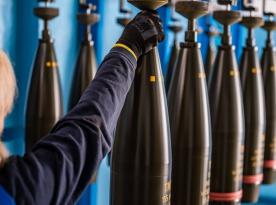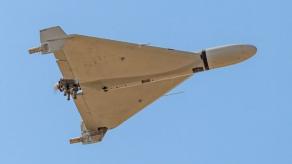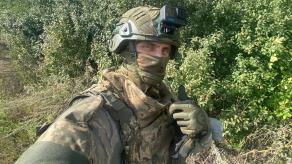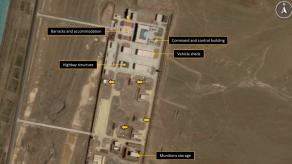russia is left without its most advanced fourth prototype of the strike S-70 Okhotnik combat drone, which they had to down after losing control. The wreckage of the russian drone that fell in Kostiantynivka, 16 kilometers from the front line, indicates that this is indeed the UCAV in question.
This aspect is extremely important for answering the questions of what tasks the Okhotnik drones can perform now and in the future, if, of course, russia can mass-produce them.
Read more: Footage Suggests russia Lost Its Newest S-70 Okhotnik Combat Drone
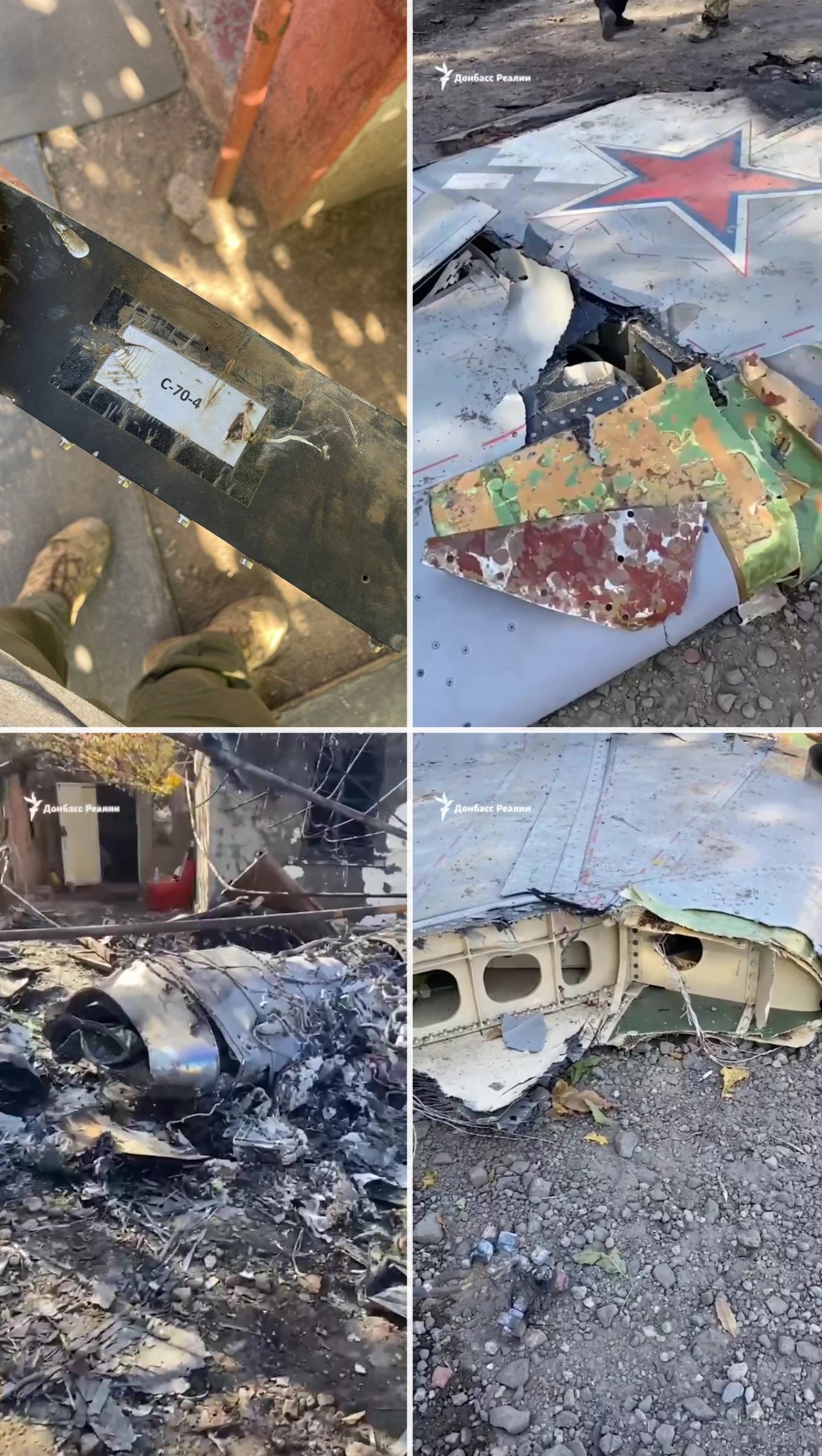
UCAV prototypes will receive complete equipment gradually. In particular, the first sample may only have a minimal configuration that allows it to make its first flight. For example, the weapon control system may only appear on the 3rd to 5th prototypes, while its version that will go into production with the machine will be present on the final samples. Of course, this will happen only if the production occurs, as there is a significant gap in funding and time between the existence of prototypes and mass production.
The S-70 Okhotnik first flew in 2019 after at least six years of development, making this question quite reasonable. Therefore, it is essential to carefully sift through the claims of russian propagandists, the declarations of developers, and the reality. The gap between these narratives and reality is even larger.
In particular, russian propaganda talks about the S-70 Okhotnik as a "loyal wingman"—a drone that can operate alongside the Su-57 and use the entire arsenal of aviation weaponry. However, the fact is that the S-70 Okhotnik was developed for entirely different and simpler tasks. The development program was approved a year after the American X-47B took to the skies, which russia was clearly inspired by.
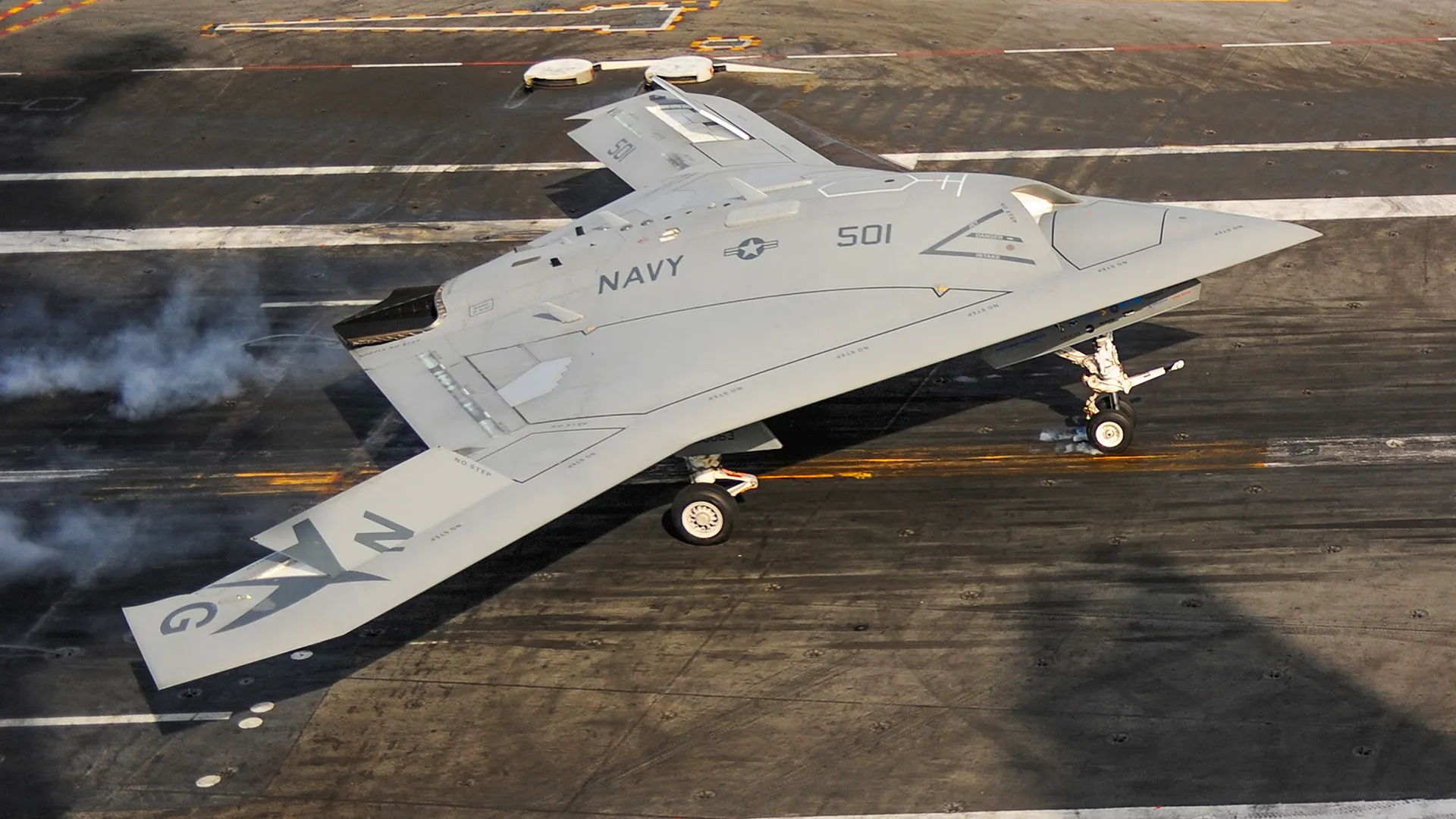
That is why, initially, in russia, they claimed that the Okhotnik was a heavy strike UAV capable of attacking ground targets at significant distances. Because of this, along with russia's actual technological capabilities, the S-70 Okhotnik became a massive drone with a wingspan of 19 meters, a takeoff weight of up to 20 tons, and a flight range of over 3,500 km (according to some sources, up to 25 tons and 6,000 km).
However, the American X-47B remained a prototype, and later, in the United States, the concept of the "loyal wingman" emerged and began to be implemented—an UAV designed to interact with fighters to expand their reconnaissance and strike capabilities. In response, the russian media started to announce that the S-70 Okhotnik drone would interact with the Su-57. However, the difference between a bomb-carrying drone and a "loyal wingman" is enormous.
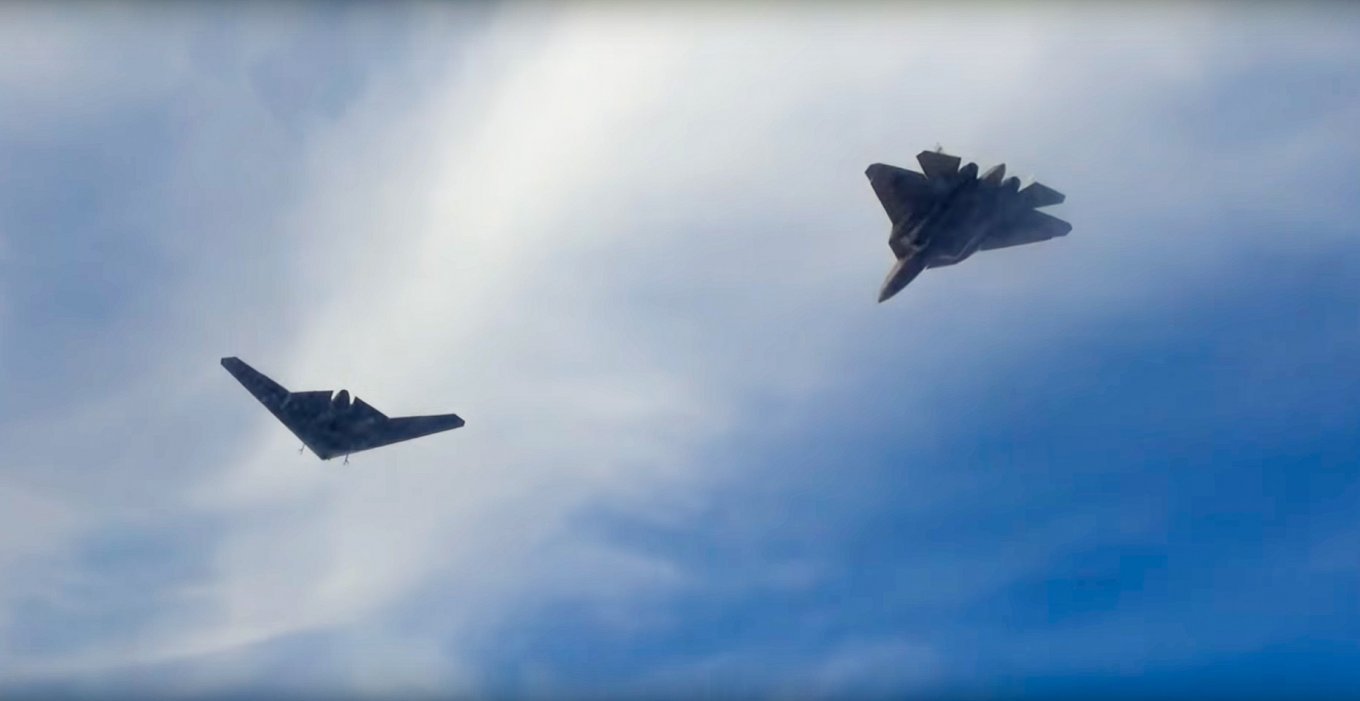
For the former, it is enough to approach the target area and drop the munitions. The russian drone indeed has the capacity to carry a limited amount of armament in its internal compartments, with a total weight of about 2 tons. Although russia claims it can carry up to 8 tons, presumably due to external suspension, the Okhotnik has never been observed with pylons.
To create a "loyal wingman," however, total integration into a unified information-combat system with the fighter jet and extensive use of artificial intelligence are necessary. Simply put, the fighter pilot must see what the drone sees and must manage the "loyal wingman's" armament just like his own. Everything else the "loyal wingman" must perform autonomously, executing commands such as "cover," "reconnoiter," or "loiter" without human involvement. This again highlights the significant gap in resources and time.
Even for a full-fledged aerial combat, it is necessary to solve a vast array of tasks. For example, a radar station or a system that integrates the drone and the fighter into a unified information-combat system is necessary for this. Regarding these capabilities of the S-70, russian propagandists have not even determined the direction of its development. Some point to the presence of the N036 Belka radar on the drone, the same one found on the Su-57. Others suggest yet another analog solution in the field of weapon control system communication.
Currently, it is highly doubtful that the S-70 Okhotnik can use "air-to-air" missiles. Furthermore, there are doubts about the capability to use conditionally precision-guided munitions. All that has been demonstrated is the dropping of free-falling FAB-500 bombs.
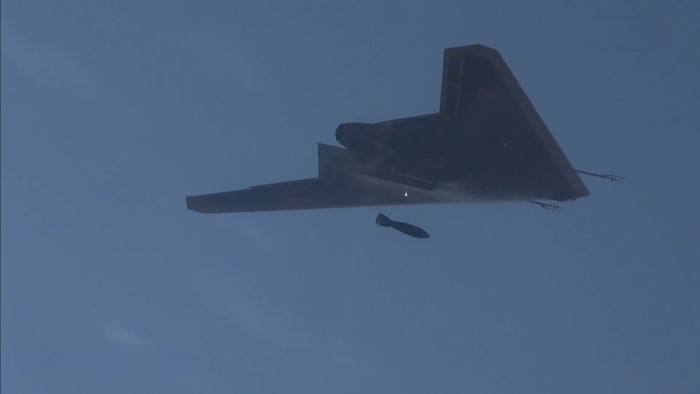
Everything indicates that the S-70 Okhotnik has not advanced beyond a bomber drone. Despite russia's discussions regarding its potential capabilities and promises of deploying squadrons of these UAVs, the reality presented in official statements diverges significantly.
At the Army-2024 arms exhibition held in August near Moscow, Vladimir Artyakov, the first deputy general director of Rostec, stated that the S-70 Okhotnik development program remains in the testing phase, with only a few prototypes available. He also mentioned that the OAK factory is merely preparing for the production of a "pilot batch of heavy strike drones." Artyakov assured that the project is on schedule, despite the earlier announcement that serial production of the S-70 Okhotnik would commence in 2023.
In this context, it is plausible that russia has chosen to simplify its development requirements. They may launch the bomber drone into mass production, labeling it a "first-stage prototype," as they did with the Su-57, and initially deploy these drones as carriers for glide bombs. Within this framework, producing a limited batch of such drones is feasible, but it is unlikely to yield any significant impact.
Read more: Over 12 Years in Development, russian S-70 Okhotnik Project Proceeds "According to Plan," Manufacturer Says





